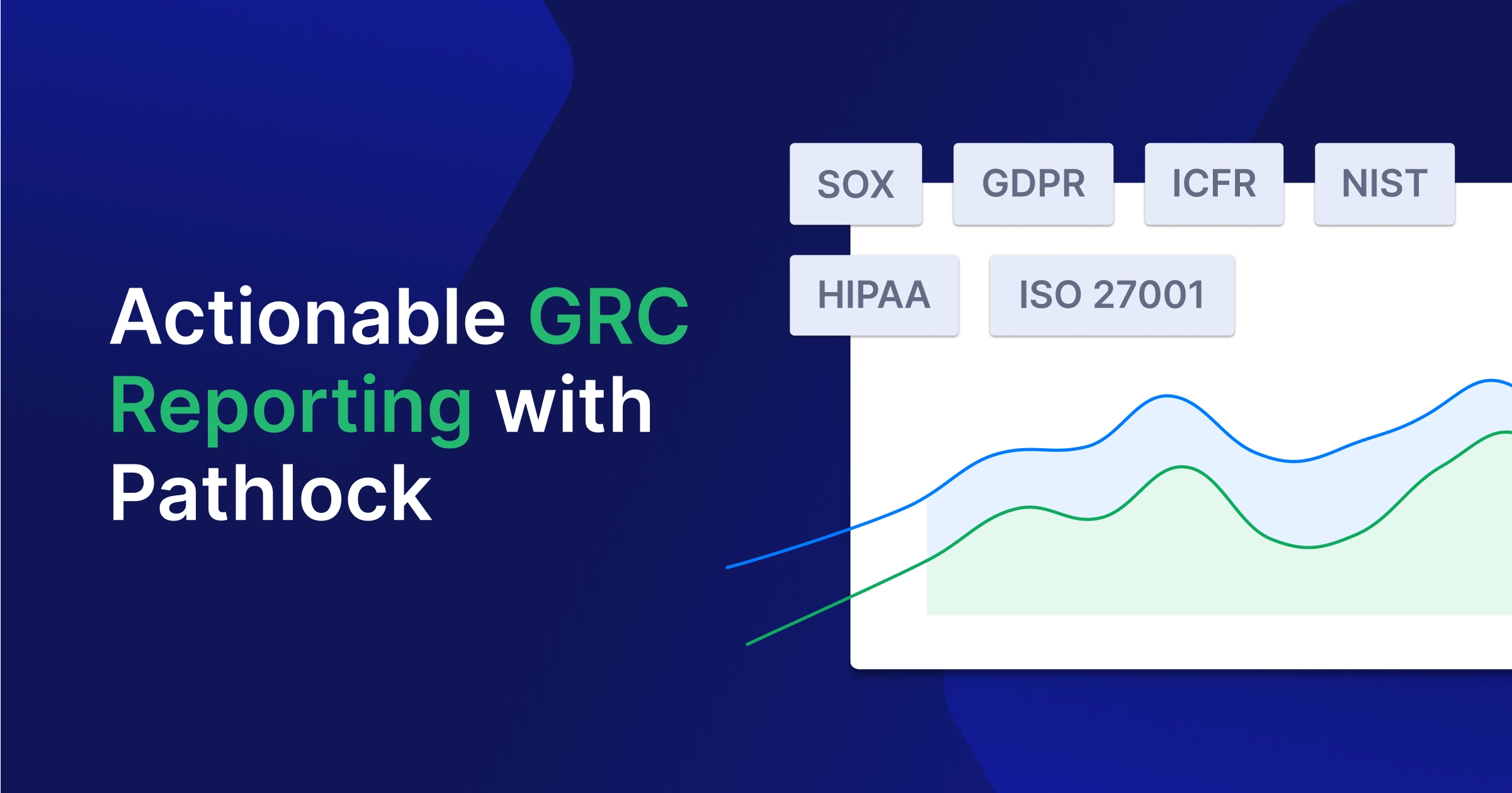In a world where data breaches and cyber threats loom large, encryption stands as the unsung hero of application security. Imagine your sensitive information transformed into an unbreakable code, shielding it from prying eyes and malicious attacks. This transformation, known as encryption, is at the heart of modern data protection.
In this article, we unravel the mysteries of data encryption, delving into its inner workings and showcasing the various types of encryption techniques. We’ll explore the powerful algorithms that keep data safe and highlight the benefits of using encryption to protect information. But that’s not all – we’ll also share expert tips for ensuring your encryption practices are rock-solid.
Whether you’re safeguarding data at rest or in transit, encryption is your ultimate ally in preserving data integrity and staying compliant with ever-evolving regulatory standards. Read on to discover how encryption fortifies your application security and keeps your data fortress impenetrable.
What Is Data Encryption?
Data encryption is a fundamental security measure that keeps individuals from accessing data that they are not authorized to access. In application security, encryption is used to secure data in various forms, including in transit and at rest. Robust encryption algorithms like AES and secure protocols like TLS/SSL ensure data confidentiality during transmission.
This is achieved by transforming readable data (“plaintext”) into an indecipherable code (“ciphertext”). This transformation employs a specific algorithm and secret key, akin to a high-tech, coded letter that’s readable only by the intended recipient.
Data encryption is vital for digital and application security. It safeguards sensitive and confidential data, transforming it into a nonsensical format for anyone who does not possess the decryption key or required authorizations. Essentially, it converts your private data into a meaningless combination of letters and numbers, thwarting unauthorized access.
How Does Data Encryption Work?
Data encryption works by applying a mathematical algorithm, along with a secret key, to transform the original plaintext data into an unreadable ciphertext. The same key is then used to then reverse the process, “decrypting the ciphertext,” and revealing the original plaintext. Without the correct key, the ciphertext remains unintelligible and thus inaccessible to unauthorized individuals.
Related Reading
Policy-Based Data Masking
Pathlock’s dynamic masking capability provides customers with fine-grained control over which sensitive data fields customers can mask for any specified user in the context of any situation.
Types of Data Encryption
There are two broad categories of data encryption:
- Symmetric Encryption: Symmetric encryption uses the same key for both encryption and decryption processes. It’s quicker and less demanding on resources, ideal for encrypting large data volumes.
- Asymmetric Encryption: Also known as public-key encryption, asymmetric encryption uses two keys: one for encryption and another for decryption. The data is encrypted with the public key, and its decryption is facilitated by the private key. This process eliminates the need to share keys, thereby increasing security, but it’s more demanding on resources than symmetric encryption.
The type of encryption chosen depends on the specific needs and resources of the situation.
Common Data Encryption Algorithms
Data encryption algorithms convert plaintext data into ciphertext, ensuring data confidentiality and integrity. Each method has a compelling use case and times when it is not sufficient. Before implementing one into your business, consider how each might benefit or hinder your data privacy goals.
Data Encryption Standard (DES)
DES is a symmetric key algorithm that was more popular in the past. However, due to its short key length (56 bits), it is no longer a preferred encryption method.
Rivest-Shamir-Adelman (RSA)
RSA is one of the most popular asymmetric (public-key) encryption algorithms. It is based on factoring large prime numbers and is commonly used for secure data transmission and key exchange.
Advanced Encryption Standard (AES)
AES is a symmetric key algorithm. It is approved by the U.S. government and is widely used in various applications due to its strong security, performance, and flexibility (with key lengths of 128, 192, or 256 bits). To many, AES is the gold standard in encryption.
Triple DES (3DES)
3DES is an extension of the DES algorithm that applies the DES cipher three times to increase the effective key length. It was a widely used encryption standard before the adoption of AES but has now been largely replaced due to its slower performance and legacy status.
Twofish
Twofish is a symmetric-key algorithm known for its high performance and flexibility. Its key lengths range from 128 to 256 bits.
Elliptic Curve Cryptography (ECC)
ECC is a type of public-key cryptography that relies on the algebraic structure of elliptic curves over finite fields. It offers comparable security to RSA and is more suitable for resource-constrained environments like mobile devices and embedded systems.
It is essential to follow industry best practices, regularly update algorithms and key lengths, and implement encryption correctly to ensure the protection of sensitive data.
Benefits of Data Encryption
Here are some key benefits of encrypting data:
Ensures Data Security: Data encryption is the fundamental mechanism that secures data from unauthorized access, eavesdropping, and cyber-attacks. By transforming plaintext data into an unintelligible ciphertext format, encryption makes it extremely difficult for attackers to gain access to sensitive information, even if they manage to intercept the encrypted data.
Maintains Integrity of Data: Encryption prevents unauthorized modifications or tampering of data during transmission or storage. Any alterations to the encrypted data will result in decryption failures, allowing the detection of data corruption or tampering attempts.
Ensures Compliance with Regulations: Many industries and sectors have strict regulations and compliance requirements mandating the use of encryption for sensitive data, such as personal identifiable information (PII), financial data, and healthcare records. Implementing robust encryption measures helps organizations remain compliant and avoid hefty fines or legal consequences.
Protects Data in Transit: Encryption is crucial for protecting data as it moves across untrusted networks, such as the internet. Protocols like TLS/SSL and VPNs use encryption to secure data in transit, preventing eavesdropping and ensuring the confidentiality of online transactions, communications, and data transfers.
Challenges in Implementing Data Encryption
Implementing robust data encryption mechanisms in applications and systems can pose several challenges. Here are some of the key challenges in implementing data encryption:
Complexity of Key Management: Effective key management is crucial for the success of any encryption system. This includes generating strong cryptographic keys, securely storing and distributing keys, rotating keys periodically, and properly handling key revocation and recovery. Improper key management practices can render encryption useless, leading to potential data breaches.
Performance Impact: Encryption and decryption operations can introduce performance overhead, especially for computationally intensive algorithms or when dealing with large volumes of data. Finding the right balance between security and performance is essential, as excessive overhead can negatively impact application responsiveness and scalability.
Compliance with Global Standard: Different industries and regions may have specific regulations and standards governing data encryption practices. Ensuring compliance with these regulations, which can vary across jurisdictions, can be a challenge, especially for organizations operating globally or handling diverse types of sensitive data.
Data Encryption Best Practices
Data encryption acts as a robust protective layer for sensitive data, safeguarding it both during transmission over networks and within storage systems. Here are some best practices to implement if you want your encryption practices to keep your data as safe as possible.
Choose Strong Encryption Protocols
Use widely accepted and proven encryption algorithms like RSA and AES. Avoid using outdated or weak algorithms that may be susceptible to known attacks. Stay up to date with industry recommendations and regularly update algorithms and key lengths as newer standards emerge.
Adopt Comprehensive Key Management Practices
Implement robust key management processes, including secure key generation, storage, distribution, rotation, and revocation. Use hardware security modules, or “HSMs,” or at least secure key vaults, to store and protect encryption keys. Regularly rotate keys to mitigate the risk of key compromise.
Encrypt Data at Rest, in Transit, and in Use
Encrypt sensitive data not only when it’s stored (data at rest) but also when it’s transmitted over networks (data in transit) and when it’s being processed (data in use). Utilize secure protocols like TLS/SSL for data in transit and full disk encryption or file/database encryption for data at rest.
Implement Stringent Access Controls
Restrict access to encrypted data and encryption keys to only authorized personnel and systems. Implement role-based and attribute-based access controls, least-privilege principles, and multi-factor authentication to ensure that only legitimate users can access sensitive information.
Implement Dynamic Data Masking and Other Data Anonymization Techniques
Use data masking and anonymization techniques at all times to protect sensitive data from unauthorized access or exposure. Dynamic Data Masking can selectively obscure sensitive data fields while preserving data integrity.
Conduct Regular Security Audits and Compliance Reviews
Regularly audit your encryption practices, configurations, and key management processes to identify potential vulnerabilities or misconfigurations. Ensure compliance with relevant industry regulations and standards, such as PCI-DSS, HIPAA, or GDPR, which may have specific requirements for data encryption.
Securing Your Digital Assets with Pathlock
Robust data security and encryption best practices are necessary to protect sensitive business data in today’s digital world. Pathlock is your trusted partner for establishing and maintaining these best practices. The Dynamic Access Controls (DAC) module from Pathlock is built on an ABAC authorization model. This enables a customizable and scalable, policy-based approach to data security and access control.
The module’s centralized ABAC policy administration capabilities ensure that you can easily define and apply granular, dynamic access control policies without the need for redundant policy administration efforts on a per-role basis. Since the access control policies are centrally managed and highly adaptable, data security is maintained even during shifting security or compliance requirements.
Get in touch with us today to learn how Pathlock can secure your critical business application data, maintain robust data encryption, and streamline regulatory compliance.


